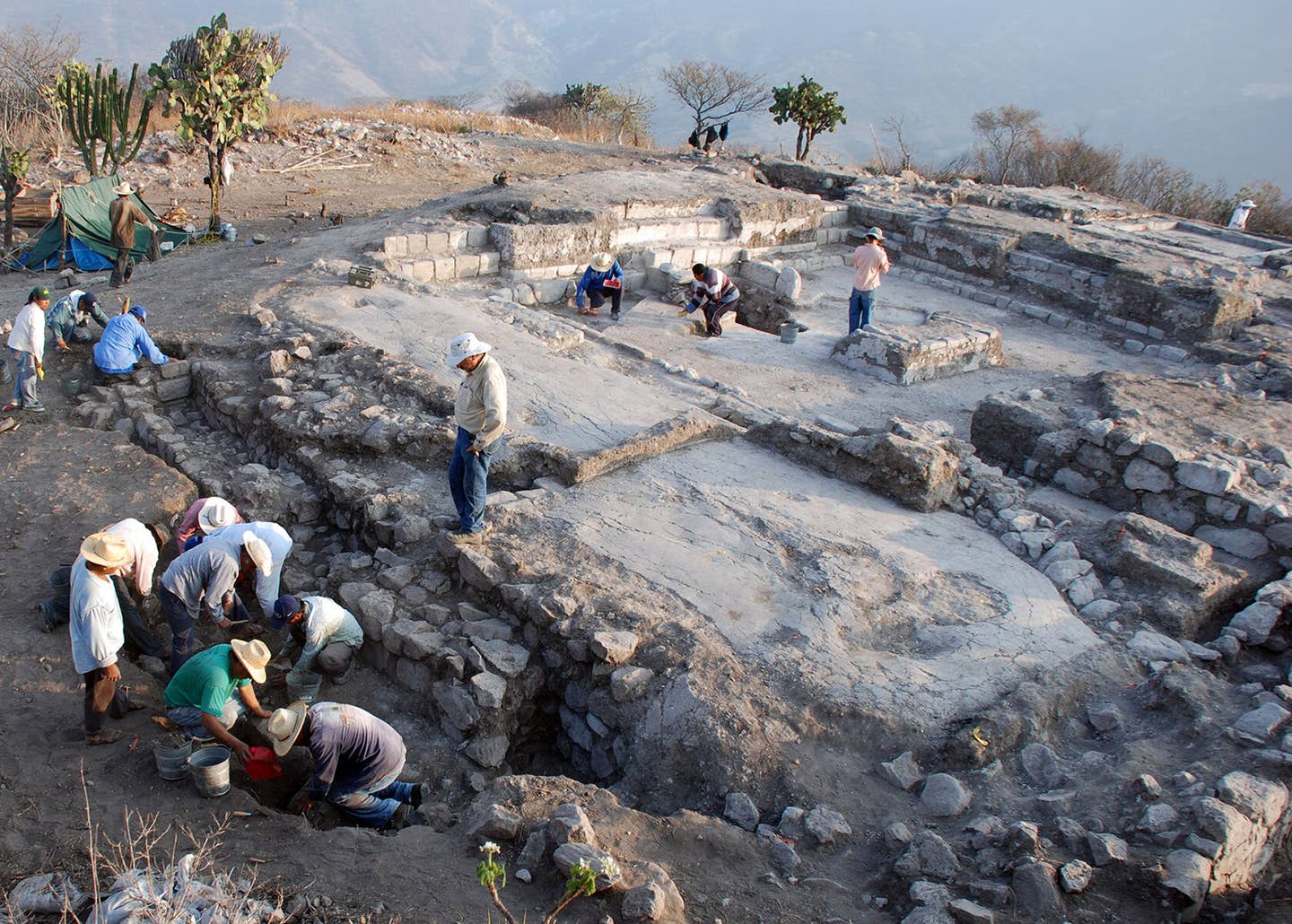Researchers reveal the shocking health impact of gas stoves on indoor air quality
The implications of gas and propane stove usage on indoor air quality have emerged as a significant health concern

The implications of gas and propane stove usage on indoor air quality have emerged as a significant health concern, according to recent research from Stanford's Doerr School of Sustainability. This study, published in Science Advances, highlights how nitrogen dioxide (NO2) levels in U.S. homes can reach unhealthy thresholds, not just in kitchens but extending to bedrooms and lingering for hours after the stove is turned off.
Rob Jackson, the study's senior author and a professor at Stanford, expressed his surprise at the findings. "I didn’t expect to see pollutant concentrations breach health benchmarks in bedrooms within an hour of gas stove use, and stay there for hours after the stove is turned off," Jackson noted. "Pollution from gas and propane stoves isn’t just an issue for cooks or people in the kitchen; it’s the whole family’s problem."
The health ramifications of elevated NO2 levels are serious; they can exacerbate asthma attacks, hinder lung development in children, and increase the risk of early mortality. While vehicles are typically the most recognized sources of NO2 due to fossil fuel combustion, this study sheds light on how domestic gas stoves are also a substantial contributor. Researchers have linked gas stoves to approximately 200,000 existing childhood asthma cases, with a quarter of these cases attributable solely to nitrogen dioxide exposure.
The study involved a collaborative effort from scientists at the Central California Asthma Collaborative, PSE Healthy Energy, and Harvard T.H. Chan School of Public Health. Yannai Kashtan, the lead author and a PhD student in Earth System Science, emphasized the primary factors influencing NO2 exposure.
"The amount of gas you burn on your stove is by far the biggest factor affecting your exposure," Kashtan explained. "And then, whether you have an effective range hood—and if you use it—plays a significant role as well."
Researchers estimate that long-term exposure to NO2 in homes with gas stoves could be linked to as many as 19,000 deaths annually, a figure that approaches 40% of the death toll from secondhand smoke.
Related Stories:
These estimates are derived from new measurements of NO2 levels in homes and comparisons with data on long-term exposure to outdoor NO2, which is regulated by the U.S. Environmental Protection Agency (EPA).
However, the estimated death toll may not fully account for the effects of short-term exposure to high NO2 levels frequently encountered in homes with gas stoves.
The methodology employed in this study involved using sensors to record NO2 concentrations in over 100 homes of varying sizes and layouts, before, during, and after the use of stoves.
This data was integrated into a model powered by National Institutes for Standards and Technology (NIST) software known as CONTAM, which simulates airflow, contaminant transport, and exposure. This comprehensive modeling allowed the team to estimate nationwide averages and explore the impacts of different usage patterns and ventilation strategies.
Their findings indicate that typical use of a gas or propane stove increases NO2 exposure by an estimated 4 parts per billion over a year, which is close to the World Health Organization’s limit for safe outdoor air quality. Kashtan pointed out, "That’s excluding all outdoor sources combined, so it makes it much more likely you’re going to exceed the limit."
This study is part of a broader investigation by Jackson’s team into indoor air pollution from gas stoves. Previous studies have documented the emission rates of other harmful pollutants from these stoves, such as methane and benzene. "We’re moving from measuring how much pollution comes from stoves to how much pollution people actually breathe," said Jackson.
The researchers confirmed that while cooking food does emit some particles, it does not contribute to NO2 levels. In contrast, electric stoves, which do not emit NO2 or benzene, offer a safer alternative. "It’s the fuel, not the food," Jackson clarified. "If you own a gas or propane stove, you need to reduce pollutant exposures using ventilation."
Home size also plays a critical role in pollutant exposure levels. In smaller homes, especially those under 800 square feet, residents experience significantly higher NO2 levels—up to twice the national average over a year and four times more than those living in homes larger than 3,000 square feet.
Furthermore, the impact of indoor pollution varies among different demographic groups. Long-term NO2 exposure is 60% higher among American Indian and Alaska Native households and 20% higher among Black and Hispanic or Latino households compared to the national average. This disparity is compounded by higher exposure to outdoor NO2 sources, typically in poorer and minority communities.
Jackson highlighted the socioeconomic barriers that exacerbate this issue: "People in poorer communities can’t always afford to change their appliances, or perhaps they rent and can’t replace appliances because they don’t own them. People in smaller homes are also breathing more pollution for the same stove use."
This study not only provides crucial insights into the health risks associated with gas stove usage but also underscores the need for better ventilation practices and consideration of alternative cooking methods to safeguard public health.
For more science news stories check out our New Discoveries section at The Brighter Side of News.
Note: Materials provided above by The Brighter Side of News. Content may be edited for style and length.
Like these kind of feel good stories? Get the Brighter Side of News' newsletter.
Joshua Shavit
Science & Technology Writer | AI and Robotics Reporter
Joshua Shavit is a Los Angeles-based science and technology writer with a passion for exploring the breakthroughs shaping the future. As a contributor to The Brighter Side of News, he focuses on positive and transformative advancements in AI, technology, physics, engineering, robotics and space science. Joshua is currently working towards a Bachelor of Science in Business Administration at the University of California, Berkeley. He combines his academic background with a talent for storytelling, making complex scientific discoveries engaging and accessible. His work highlights the innovators behind the ideas, bringing readers closer to the people driving progress.



